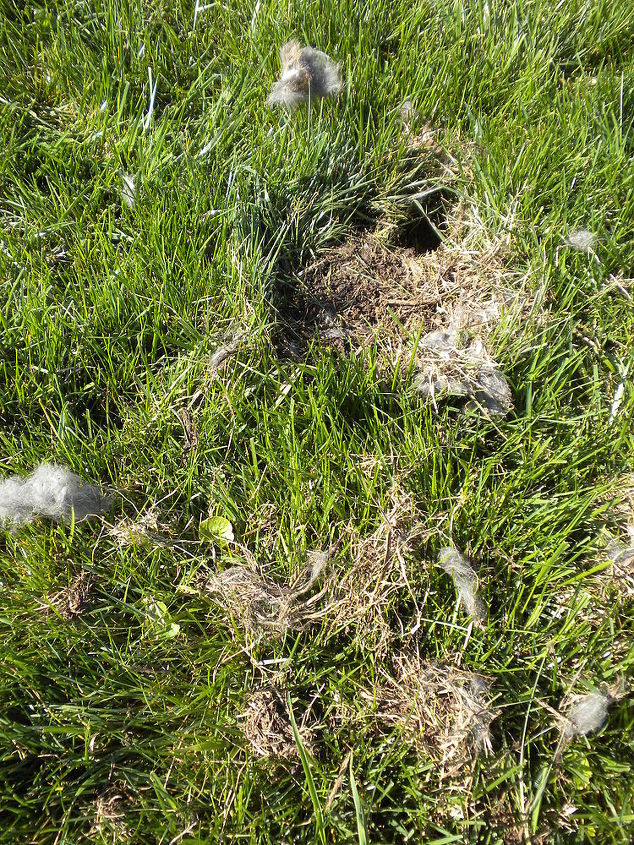How do I manage clayey soil infested with parasitic diseases?

Last year my chillies withered when they should fruit. I realised there were nodes on the roots wìth whitish powdery substance. The clay bakes hard when a little dry thus making water uneasy to penetrate. In fact I need to utilise this piece of land for optimal yield this year. What should I do. Organic solutions needed.
Related Discussions
GNATS - How to get rid of them?
Somehow my house and garden got tiny gnats that killed my fuchsia plant and fly everywhere. I have tried ALL the Web recommendations - soap and oil dishes, sand in th... See more
Marigolds growing! Should I pinch the buds?
My marigold plants are growing. I heard that pinching the buds until Autumn will allow them to grow without killing the plant. Is this true?
Growing garlic
Growing our first garlic, should we wait until the leaves are drying out before we pick it? Husband picked first one today along with our first potatoes.
How to keep mice out of your garden?
Hi everyone, I have mice in my garden destroying my vegetables and I have also noticed them in the barn and shed. Please can someone tell me how to prevent them from ... See more
What's the best flower/plant to grow in Texas?
I know that opinions vary, but what's your opinion?!I have great luck w Rosemary plants. Green all year long.
Can someone tell me what kind of animal this was in my yard?
I thought maybe a rabbit was burrowing in my yard, but it's almost dead center of my lawn (not a very smart rabbit). The hole is not very deep, and I replanted it onc... See more
Is Creeping Charlie in your lawn a good thing or a bad thing?
Is there a sure-fire way to get rid of Creeping Charley?





You need to add organic material to the soil to make it more friable. Sand, potting soils, manure, compost, garden soil, top soil, and others will break up the clay. Till or hand spade the amendments into the garden.
I would dig the holes for your plants extra big and use potting soil to plant your plants. They will get a good start that way. Clay soil needs to be amended really well every year for a good number of years before it will be really healthy soil, Ken's suggestions were really good. Till the amendments in really deep.
Get a soil test done. Kits are available at your County Extension Office for about $10.00 and are more complete than ones at a big box garden center. Plus people there are so knowledgeable and helpful! They also can help identify the powdery substance (mold) and how to rectify it.
This will let you know EXACTLY what your soil needs for optimum plant growth. Plus the people there are so knowledgeable and helpful!
In the meantime, with clay type soil - start a compost pile ASAP!
The only thing I know of made specifically to break up clay soil is Gypsum! I don't know if you can get that where you live! It is granular,you sprinkle it heavily' on the soil, digging it in as best you can.It will take several applications,but the reward is well worth the effort! With each application you will be able to turn the soil farther and farther deeper,adding some topsoil and/or mulch as you go! Gypsum breaks up the enzymes in the clay and it becomes soft and permeable, allowing the soil to accept/mingle with the mulch as you turn it in! I used it in my friends garden that was pure hard red clay,within a couple of years she had dark rich soil for her flower beds! ..Peat moss is also a Great additive,it holds in moisture so in dry areas less watering is required! Any kind of chipped bark,twigs, and pine needles,(although I doubt you have pine trees in Africa) are great additives!!..The white on the roots you speak of is probably root rot,or powdery mildew,a fungus which occurs when the soil doesn't dry out well in between waterings! I have used a mixture of water and bleach as a remedy for that with some' success,here it is called Texas Root Rot! Bearded Irises,Roses, and Agapanthus are just a couple of plants susceptible to Powdery Mildew! Once the soil is loose and rich,it will be able to dry out more quickly, eliminating that problem,but keep in mind that fungus's are spores that spread easily,such as Black Spot,another fungus,and the entire area needs to be treated!! Don't forget those coffee grinds,they make a great additive too!! ....Good luck to you,, and happy gardening!!